Treats courtesy of Messier
The catalogue created by the French astronomer Charles Messier is a Who’s Who of deep sky objects. It includes the most beautiful destinations for beginners!
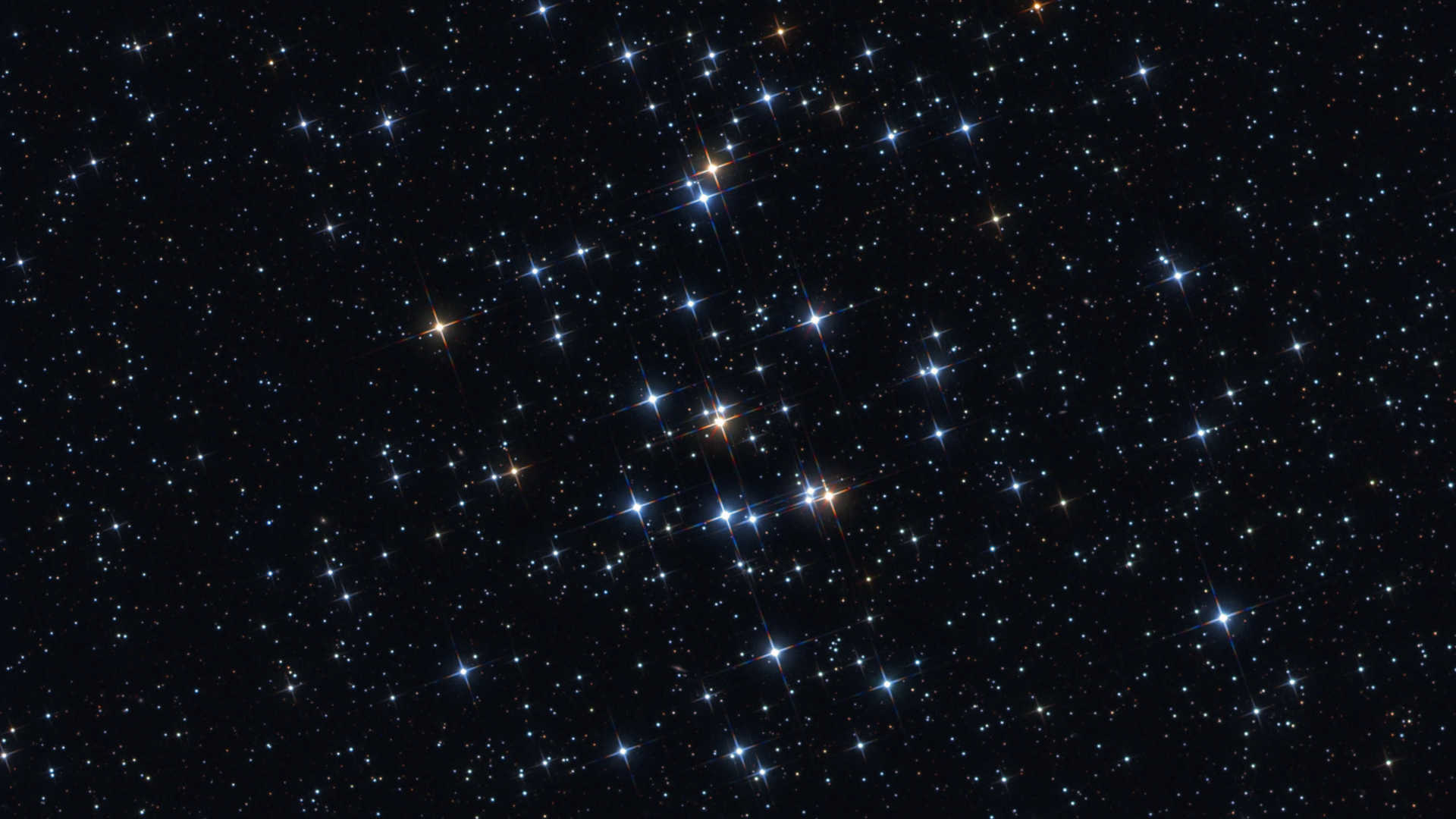 The open cluster M 44 can be found in all its glory in the spring night sky. Mario Weigand
The open cluster M 44 can be found in all its glory in the spring night sky. Mario WeigandDiscovering Messier objects as a beginner
When first starting out, the hobby astronomer often faces the difficult question of which objects they can observe. A good way to get started is to use the so-called Messier catalogue as your guide. With 110 deep sky objects, the catalogue offers a wide variety of observation targets, some with well-known and promising-sounding names such as the Orion Nebula M 42, the Dumbbell Nebula M 27 or the Whirlpool Galaxy M 51.
The French astronomer Charles Messier, born in 1730, had a passion for hunting for comets. In doing so, he repeatedly discovered objects in the sky that appeared diffuse, that looked similar to comets, but didn’t move like them. In order to avoid confusing these objects with actual comets in later observations, he created a catalogue in which he recorded their position and appearance.
The Crab Nebula in the constellation of Taurus was named Messier 1 - or M 1 for short. The final version of the 1781 catalogue contains objects 1 to 103. Objects 104 to 110 were retrospectively added to the catalogue in the 20th century.
Today, the Messier catalogue is a collection of the most beautiful clusters, nebulae and galaxies in the northern night sky. For beginners, the list is particularly attractive, as a large number of the objects listed can be observed even with a small telescope. In fact, standard 10×50 binoculars are sufficient for viewing many of the entries in the catalogue and some objects can even be seen with the naked eye.
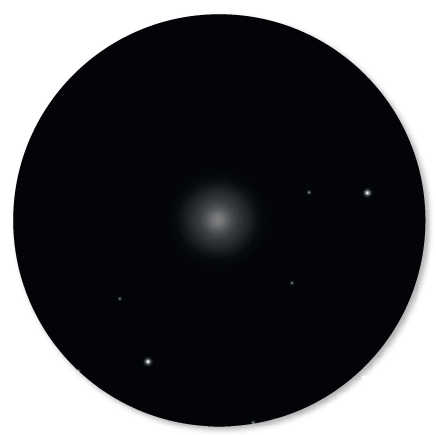
Illustration of M 13, in a telescope with a 60mm aperture and 50 times magnification, under a dark country sky L. Spix
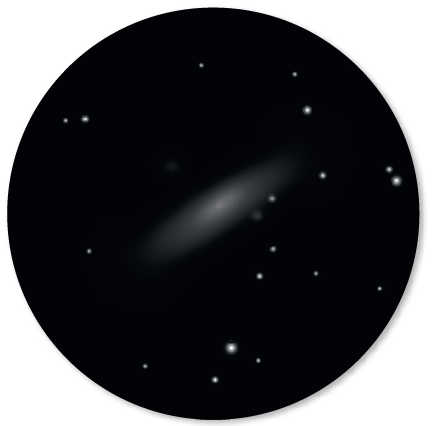
Illustration of M 31, in 10×50 binoculars under a dark country sky. L. Spix
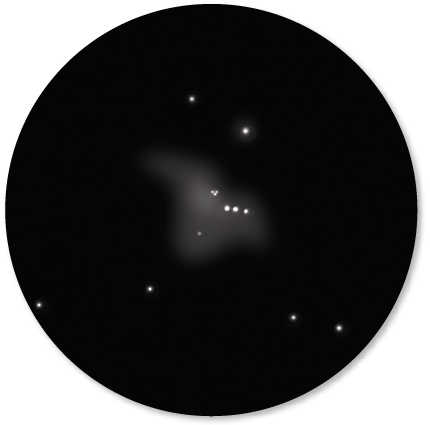
Illustration of M 42 in a telescope with a 60mm aperture and 50 times magnification, under a dark country sky L. Spix
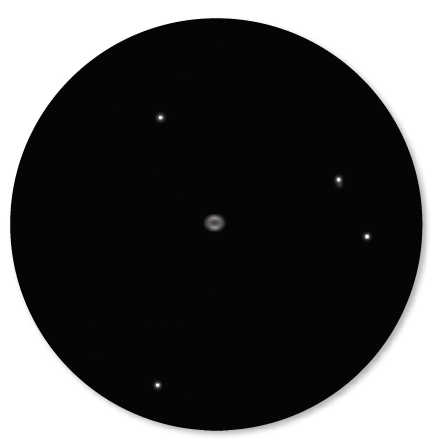
M 57 in a telescope with a 60mm aperture and 50 times magnification, under a dark country sky L. Spix
A view of the manger
Now, in spring, the easiest object to observe is the open cluster M 44, also known as Praesepe or crib, or Beehive Cluster. Under a somewhat dark sky, M 44 can be seen with the naked eye on a clear moonless night in the middle of the constellation Cancer. Even with binoculars you’ll see several dozen bright stars. The cluster was already known of in ancient Greece, but it was only after the invention of the telescope that Galileo Galilei succeeded in resolving M 44 into individual stars. Today, you can reproduce his discovery with binoculars.
Author: Lambert Spix / Licence: Oculum Verlag GmbH
